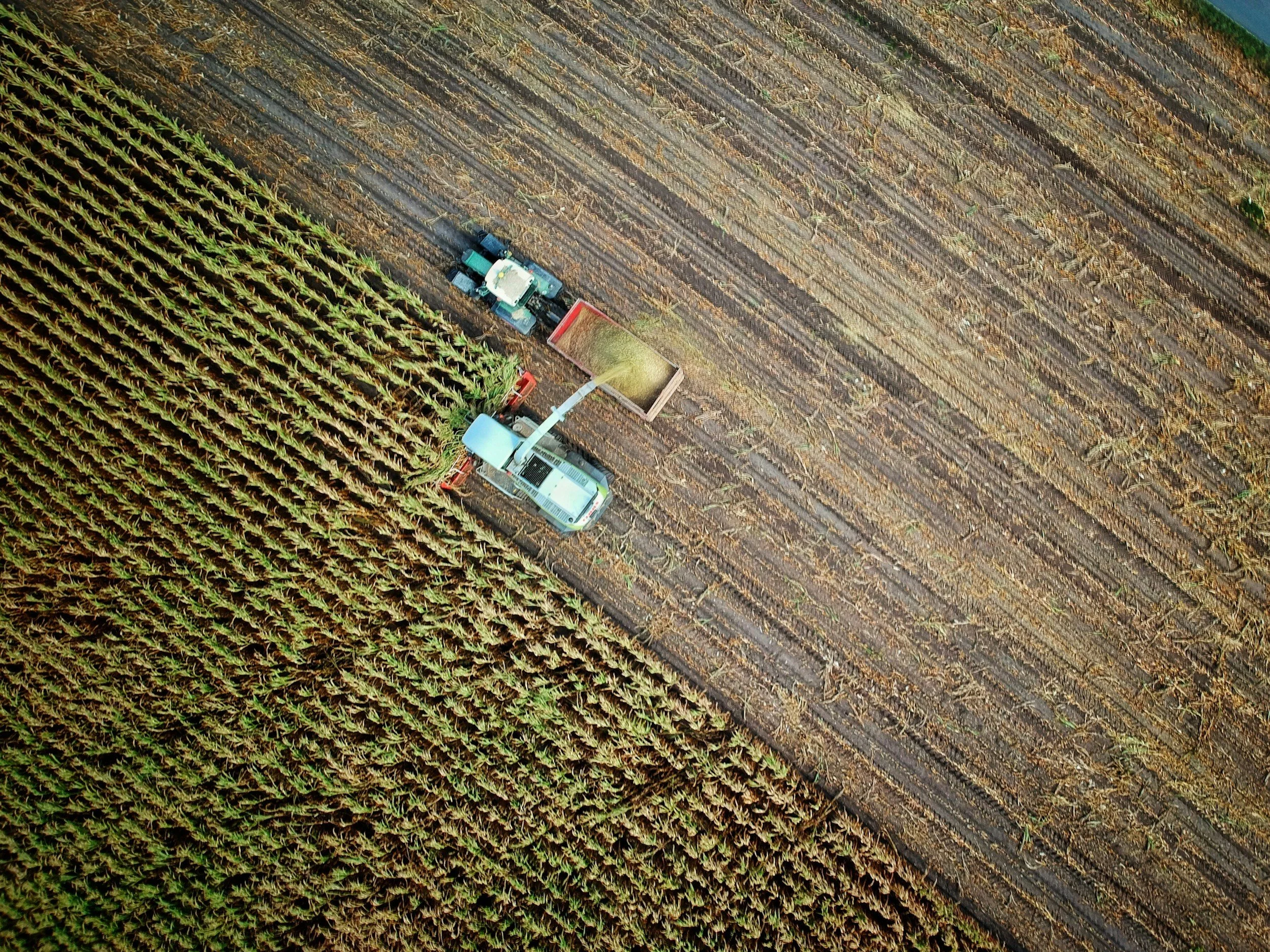The Cost of Wasted Food, and What you Can Do About It
/Food waste is a global problem. The world is producing more food and making a greater profit than at any time before, yet so much of it is being wasted that the costs run into billions. In the UK and across the world, households are throwing away tonnes every year. Did you know that
£10 billion worth of food is thrown away by households each year
BUT, 60% of people believe they never waste food
The financial cost is only one part of the problem. The effect on the environment and animals and humans is massive. In fact,
The UK wastes the equivalent of 1.3 billion meals every year
YET, 590,000 people in the UK used food banks in 2016/17
The average UK household wastes £470 worth of food each year. That’s 19 million tonnes of greenhouse gasses. Preventing that pollution would be like taking 1 in 4 cars off UK roads.
The UK isn’t the only country wasting food, however. Developed countries across the globe contribute massively to the problem, and while it’s tempting to blame the food industry and major corporations, research shows that the majority of food waste is attributable to households. Falls in food prices and rising incomes since 2014 have reduced the incentive for people to cut down their food waste.
The Carbon Footprint of Food Waste
The carbon footprint of wasted food is shocking and expected to increase dramatically if economies that are emerging, like China and India, adopt a more western style of food consumption, including a move towards eating more meat. The by-product of greenhouse gasses (GHGs) is estimated at 3.3 billion tonnes. That makes food wastage the third top GHG emitter after the U.S and China. Uneaten food occupies nearly 3.5 billion acres of land. That’s almost 30% of the world’s agricultural land area. It’s both frightening and heartening to realise that avoiding food loss and waste could help mitigate climate change. We have the power to do something positive, but how we get there is the issue. It’s simply not on a priority agenda for most governments at the moment. There are no strategies in place to help curb this downward spiral.
To feed the 9 billion people that are expected to live on the planet by 2050, we need to double our food production. We’re told this by many international organisations. But that will have disastrous consequences. Goals for reducing carbon dioxide emissions will not be met. The blue water footprint will increase. Agricultural land areas being used for food production that is then wasted will increase and economic consequences will also be affected.
What Can You Do to Tackle Food Waste?
It’s certainly a challenge as to how we produce, distribute, store and dispose of food. Globally, we need to operate in a way that gives all people access to healthy food without destroying the earth. Businesses, organisations, NGOs and campaigners are being asked to work together to fight against food waste.Financial Experts Money Guru have created the following infographic, which highlights some of the shocking data that is now available on food wastage, thanks to new research. It’s a stark reminder of the cost to our pockets, our population and our planet.
About the Author:
This article was written by Michael Brown on behalf of Money Guru.
MoneyGuru is an innovative credit focused price comparison brand which offers customers access to a full suite of market services for loan and credit products. MoneyGuru is part of Quint Finance Group, a leading international, highly innovative financial technology group operating in the consumer finance market (previously known as Quintessential Finance Group).
Like this? Please pin!







































